China's tea culture is profound and extensive, requiring years of dedicated study to master. Even tea enthusiasts often make common mistakes. Let's see if you've been wrong about these facts for years.
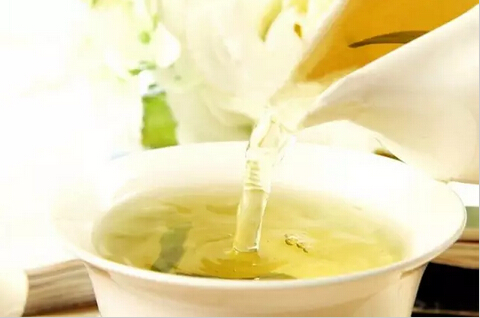
1
When black tea turns cloudy after cooling, it indicates good quality. Many notice this phenomenon: cooled tea becomes turbid. This occurs because tea contains polyphenols that convert to theaflavins and thearubigins during fermentation. At high temperatures, caffeine remains free, but as temperature drops, these compounds form colloidal aggregates causing "after-cooling cloudiness." This characteristic relates to the tea's freshness and strength - the fresher the tea, the more pronounced this effect. Tea lovers can use this feature when purchasing black tea.
2
Only ripened Pu-erh qualifies as black tea. Pu-erh uses Yunnan large-leaf sun-dried green tea as raw material, processed with specific post-fermentation techniques. The key criterion for black tea is this post-fermentation process, where sun-dried tea undergoes controlled microbial fermentation in humid conditions. As ripened Pu-erh's processing aligns closely with black tea classification, it's categorized under black tea in the six major tea types.
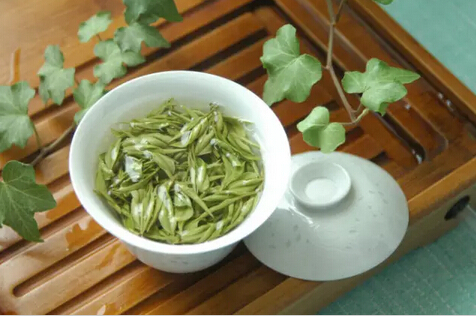
3
Anji white tea isn't white tea but green tea. This famous tea from Zhejiang's Anji County uses green tea processing methods. Its white appearance comes from special albino tea leaves. The main difference from Fujian white tea (like Silver Needle) is: Anji white tea shows green dried leaves with white brewed leaves, while genuine white tea displays white dried leaves with green brewed leaves.
4
Junshan Silver Needle isn't green tea but yellow tea. While we know Silver Needle is white tea, one might assume Junshan Silver Needle is too. However, this Hunan-origin tea is yellow tea. Resembling silver needles with golden interiors and white exteriors, it's called "gold inlaid with jade." Yellow tea undergoes light oxidation with an extra "yellowing" step during processing, creating its characteristic yellow leaves and liquor.
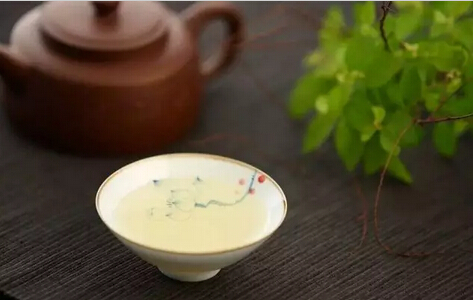
5
Dongting Biluochun originates from Jiangsu's Dongting Mountain, not Hunan's Dongting Lake. This top-ten Chinese green tea with millennium-old history comes from Taihu Lake's eastern and western Dongting Mountains. Tribute tea since Tang Dynasty, it was historically called "kung fu tea" or "new blood tea."
6
Matcha isn't simply ground green tea but specially processed tea powder. Invented by Han Chinese, matcha involves shading tea plants before harvest, then stone-grinding into ultra-fine powder. Primarily used in food industry, its processing differs significantly from regular green tea.
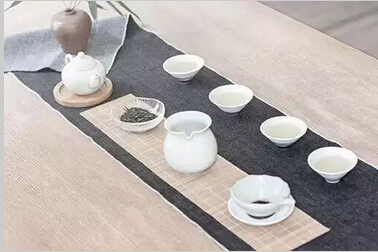
7
More flowers don't mean better scented tea - it's tea, not flowers. Quality jasmine tea contains few flowers, offering fragrance without visible buds. Osmanthus tea retains mixed flowers and leaves. Abundant flowers often indicate blended, not traditionally scented tea. Modern processing mechanically removes most petals; excessive petals suggest incomplete sorting.
8
Not all teas suit purple clay pots. While Yixing pots famously preserve tea's true flavor without "cooked" taste, they're only ideal for black tea and oolong. Using them for green or scented teas yields inferior results. Different teas require specific utensils - purple clay isn't universally suitable.
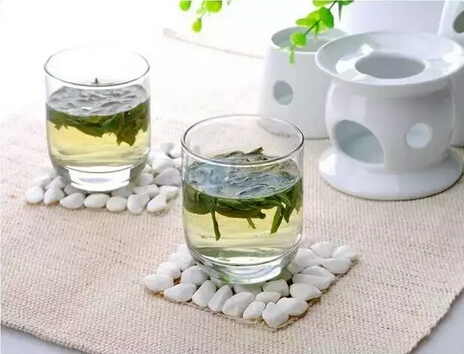
9
Drinking tea immediately after meals hinders digestion rather than aiding it. Tea's tannic acid binds with undigested proteins, forming indigestible compounds that impair protein absorption. More critically, tea reduces iron absorption by 50%, potentially causing anemia over time. Additionally, tannins form constipating tannin-protein complexes that slow intestinal movement. Wait at least one hour after meals for optimal health benefits.
10
Not all teas are best when fresh. Even green tea shouldn't be consumed immediately after production, as its briskness may irritate stomach linings. Its "cool" nature also suggests waiting about two weeks. Other teas generally peak in their second year, as firing or roasting flavors mellow with time. Some like dark tea improve with age - vintage Pu-erh may aid gastrointestinal issues and gout.